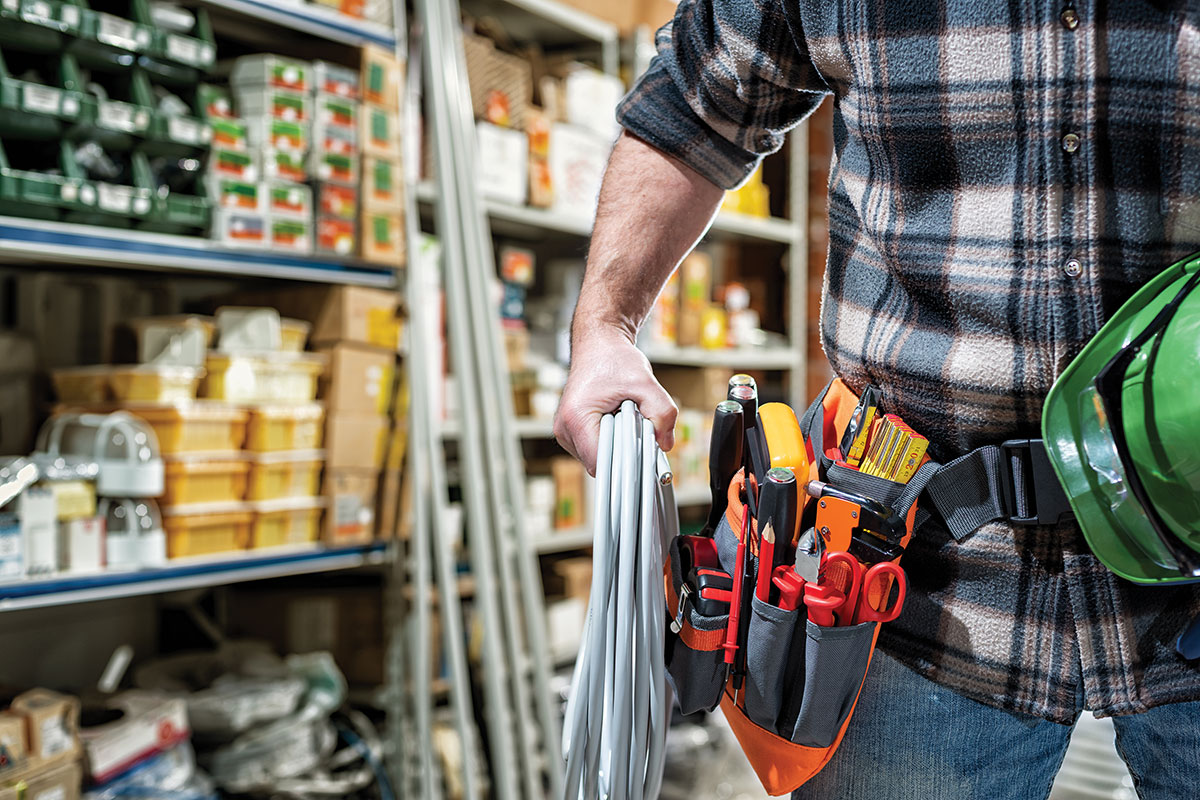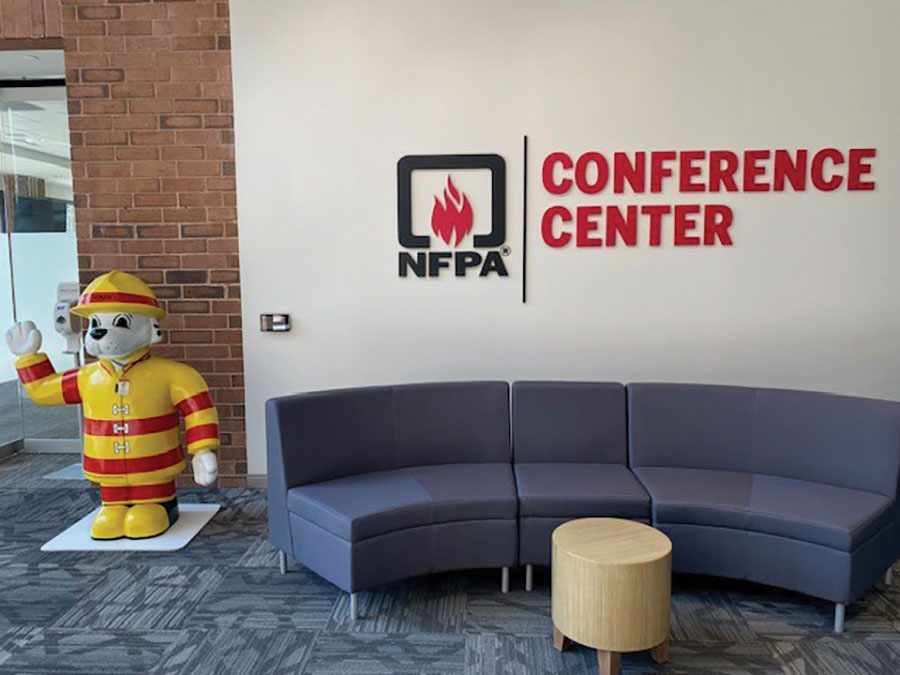In the fall of each year, IAEI members gather in each of the six sections to celebrate and to share the answers they’ve discovered. One of my fondest memories is my first visit to a code breakfast — at the Eastern Section, I think. The room was packed, plates were loaded with scrambled eggs, sausage and bacon, and hot breads; but, forgetting the hot food, men were lined up at twin microphones adamantly presenting their understanding of a code change. The panelists fielded the responses, asked insightful questions and led the participants to the official interpretations — only to be challenged from the floor. Too quickly, the final buzzer sounded; the time clock had run out. I looked down and realized I hadn’t eaten a bite.
This exchange happens every year and is particularly energetic in code change years — always in September and October. That’s why I joined IAEI, to be part of such a groundswell of support for electrical safety.
In this issue, you will find answers to many of your questions that pertain to electrical connections; heating, ventilation, and air conditioning (HVAC); photovoltaic systems and to motors.
Answers about the need for a tool
Christel Hunter reports that “it has been estimated that 90% of electrical failures occur at connections,” and then points out that many electricians have not been taught to understand the importance of correct torque; nor do they use the proper torque wrench. Then she answers the question, Why is using the proper torque wrench important?
Answers about selective coordination
Tim Crnko answers the question of how an AHJ can assure that a circuit is selectively coordinated by showing him how to request the necessary documentation that will facilitate the verification of the system. In doing so, Tim covers the basics of selective coordination interpretation for fuse or circuit breaker circuits used in 600 V systems. He then stresses that only when the nearest upstream overcurrent protective device opens to interrupt the overcurrent has selective coordination been achieved.
Answers that need clarification
John Wiles answers three questions that need clarification or repeating: (1) where does the combined conductor permitted by 690.47(C) in NEC-2008 originate and end? (2) why should the PV designer, installer or inspector proceed with great caution where a utility-interactive PV system connection could backfeed this GFPD breaker? and (3) why was 690.64(B) retained in NEC-2011? In each situation, he shows how these requirements are to be implemented and how they result in safer installations.
Answers from history and experience
It is quite likely that our current air-conditioning system is a natural outgrowth of earlier cooling methods begun in the first century B. C. by the Romans and added to in the second century A.D. by the Chinese. Jonathan Cadd takes us on an exciting trip through the history of cooling; then, he focuses on answering the more common questions about the requirements for electrical installation of, and power to, air-conditioning units and room air conditioners.
Answers from a mechanical prospective
A surprise answer in this issue comes from a mechanical answer to an electrical problem. For years, stray voltage has wreaked havoc with bearings, causing premature motor failure. Of course, intensive research produced other products, many of which presented additional problems such as requiring extra maintenance, or shifting damage to connected equipment. Adam Willwert answers the question of why sustainable shaft grounding for the protection of motor bearings should not be underestimated.
Answers are important to each of us and we seek them in different places—from classes, code books, code breakfasts or section meetings. Some of us even search the back of the book for an answer section; however, Martin Lewis Perl, the American physicist who received the 1995 Nobel Prize for Physics, reminds us “there are no answers in the back of the book when the equipment doesn’t work or the measurements look strange.”










Find Us on Socials